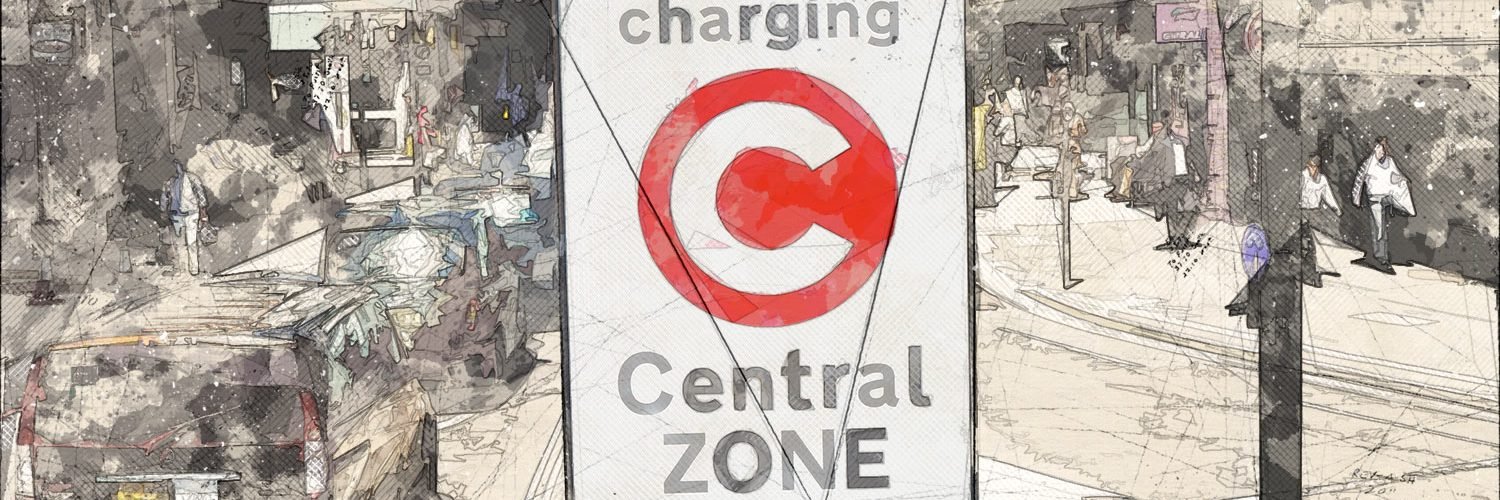Reducing traffic within Cambridge city is an objective almost everyone can agree is both necessary and urgent. The question is, how?
The menu of options includes:
- Install bollards, camera-controlled bus gates or one-way systems to divert traffic away from key bus routes. Other roads remain congested.
- Charge people to drive in the city, or charge more to park. Those who are poorer or price-sensitive choose another option if they have one.
- Reduce the availability of parking in the city. Councils may see a drop in income. To achieve a reduction in business and retail parking requires additional taxes (e.g. a Workplace Parking Levy) and planning conditions when sites are redeveloped.
- Regulate the flow of traffic into the city to keep roads in the city free-flowing. Queues outside the city grow longer.
The Greater Cambridge Partnership (GCP) citizens’ assembly ranked road closures as their preferred way to disincentivise driving in the city – by a wide margin (see below). But translating support for an abstract idea into consensus around particular roads is hard. The abortive 2016 plan to introduce “peak time control points” and last week’s decision to reopen Mill Road bridge to all traffic demonstrate this.
We need a strategy that is comprehensive, not piecemeal; ambitious enough to achieve the three zeroes (carbon emissions, air pollution and road deaths); and fair. To get buy-in, it must be co-designed by everyone who uses Cambridge roads and wants to contribute. Transport professionals should guide, not lead.
GCP has attempted this before – with well-attended workshops on Milton Road and Histon Road. Though flawed and inexpertly run, they did give people opportunities to share their insights and experience, and gain understanding from others. If managed well, a meeting of minds is possible.
What we absolutely do not need is more half-baked surveys and “What do you think of this?” consultations. These do not advance understanding nor build consensus. Change requires compromise, and that is possible only through dialogue.
So, let’s start in September where we should have done in 2015, using deliberative democratic methods to build a coherent transport strategy for Cambridge.
This article was first published in the Cambridge Independent on 4 August 2021.

First, second and third preferences of members of the Greater Cambridge Partnership 2019 Citizens’ Assembly (from the final report published by Involve)


